1Introduction VZ_TC_AUDIODEV_1237348
22.1.1 FREQUENCY RESPONSE IN SEND DIRECTION VZ_TC_A
32.1.2 LOUDNESS RATING IN SEND DIRECTION VZ_TC_AUDI
42.1.3 VOID IDLE NOISE IN SEND DIRECTION VOID VZ_TC
52.1.4 RECEIVE FREQUENCY RESPONSE AT NOMINAL VOLUME
62.1.5 RECEIVE LOUDNESS RATING AT NOMINAL VOLUME SE
72.1.6 VOID RECEIVE IDLE NOISE AT NOMINAL VOLUME SE
82.1.7 SIDETONE MASKING RATING AT NOMINAL VOLUME SE
92.1.8 WEIGHTED TERMINAL COUPLING LOSS AT NOMINAL V
102.1.9 RECEIVE FREQUENCY RESPONSE AT MAXIMUM VOLUME
112.1.10 RECEIVE LOUDNESS RATING AT MAXIMUM VOLUME S
122.1.11 VOID RECEIVE IDLE NOISE AT MAXIMUM VOLUME S
132.1.12 VOID SIDETONE MASKING RATING AT MAXIMUM VOL
142.1.13 VOID WEIGHTED TERMINAL COUPLING LOSS AT MAX
152.1.14 MAXIMUM ACOUSTIC OUTPUT VZ_TC_AUDIODEV_2666
162.1.15 MAXIMUM ACOUSTIC OUTPUT FROM RINGER VZ_TC_A
172.1.16 STATIONARY BACKGROUND NOISE SUPPRESSION VZ_
182.1.17 NON-STATIONARY BACKGROUND NOISE SUPPRESSION
192.1.18 QUALITY OF BACKGROUND NOISE TRANSMISSION VZ
202.1.19 NOISE SUPPRESSION POSITION ROBUSTNESS VZ_TC
212.2.1 ELECTRICAL PESQ MEASUREMENT FOR DOWNLINK TES
222.2.2 ELECTRICAL PESQ MEASUREMENT FOR UPLINK TEST
232.2.3 ACOUSTIC PESQ MEASUREMENT FOR DOWNLINK VZ_TC
242.2.4 ACOUSTIC PESQ MEASUREMENT FOR UPLINK VZ_TC_A
252.3.1 FREQUENCY RESPONSE IN SEND DIRECTION VZ_TC_A
262.3.2 LOUDNESS RATING IN SEND DIRECTION VZ_TC_AUDI
272.3.3 SEND NOISE VZ_TC_AUDIODEV_2678
282.3.4 RECEIVE FREQUENCY RESPONSE AT NOMINAL VOLUME
292.3.5 RECEIVE LOUDNESS RATING AT NOMINAL VOLUME SE
302.3.6 RECEIVE FREQUENCY RESPONSE AT MAXIMUM VOLUME
312.3.7 RECEIVE LOUDNESS RATING AT MAXIMUM VOLUME SE
322.3.8 VOID RECEIVE A-WEIGHTED NOISE VOID VZ_TC_AUD
332.3.9 RECEIVE NOISE THIRD-OCTAVE BAND SPECTRUM VZ_
342.3.10 WEIGHTED TERMINAL COUPLING LOSS AT NOMINAL
352.3.11 WEIGHTED TERMINAL COUPLING LOSS AT MAXIMUM
362.3.12 STATIONARY BACKGROUND NOISE SUPPRESSION VZ_
372.3.13 NON-STATIONARY BACKGROUND NOISE SUPPRESSION
382.3.14 QUALITY OF BACKGROUND NOISE TRANSMISSION VZ
392.4.1 VOID BT ELECTRICAL PESQ MEASUREMENT FOR DOWN
402.4.2 VOID BT ELECTRICAL PESQ MEASUREMENT FOR UPLI

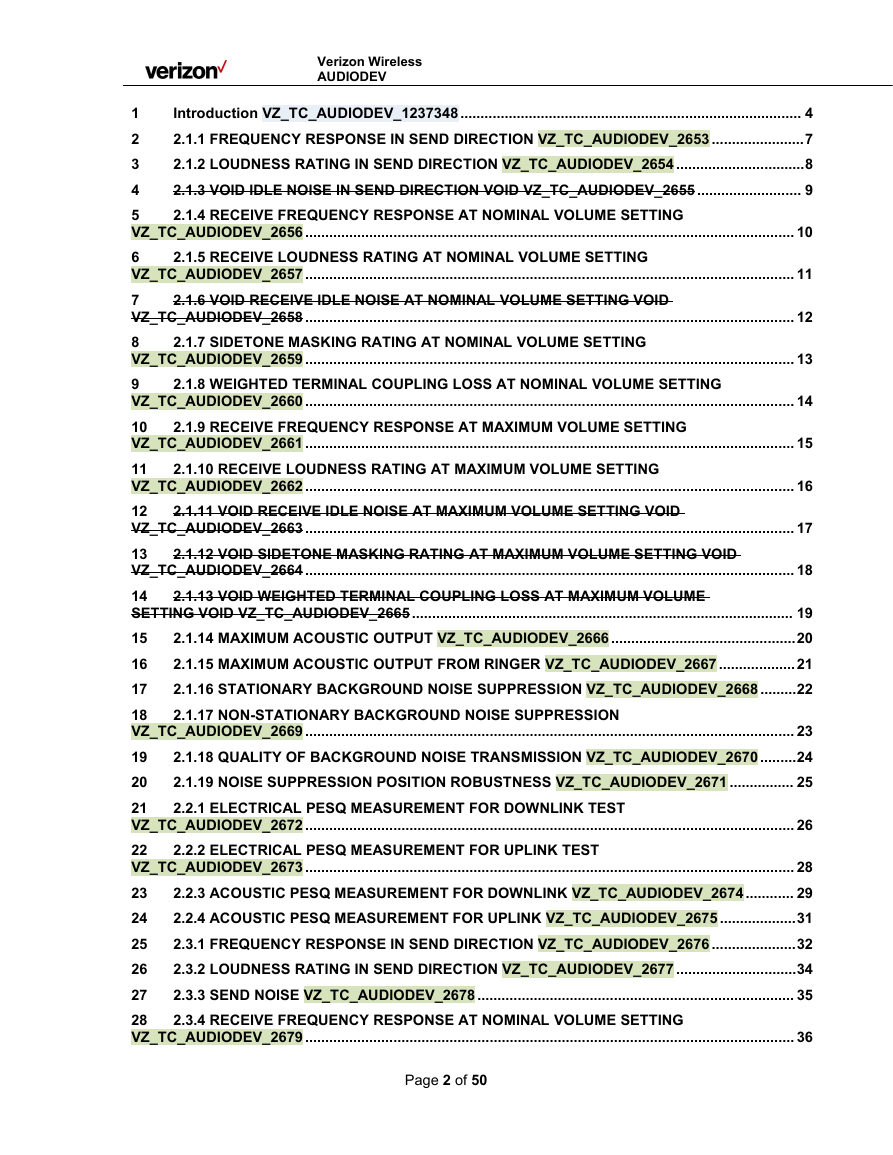
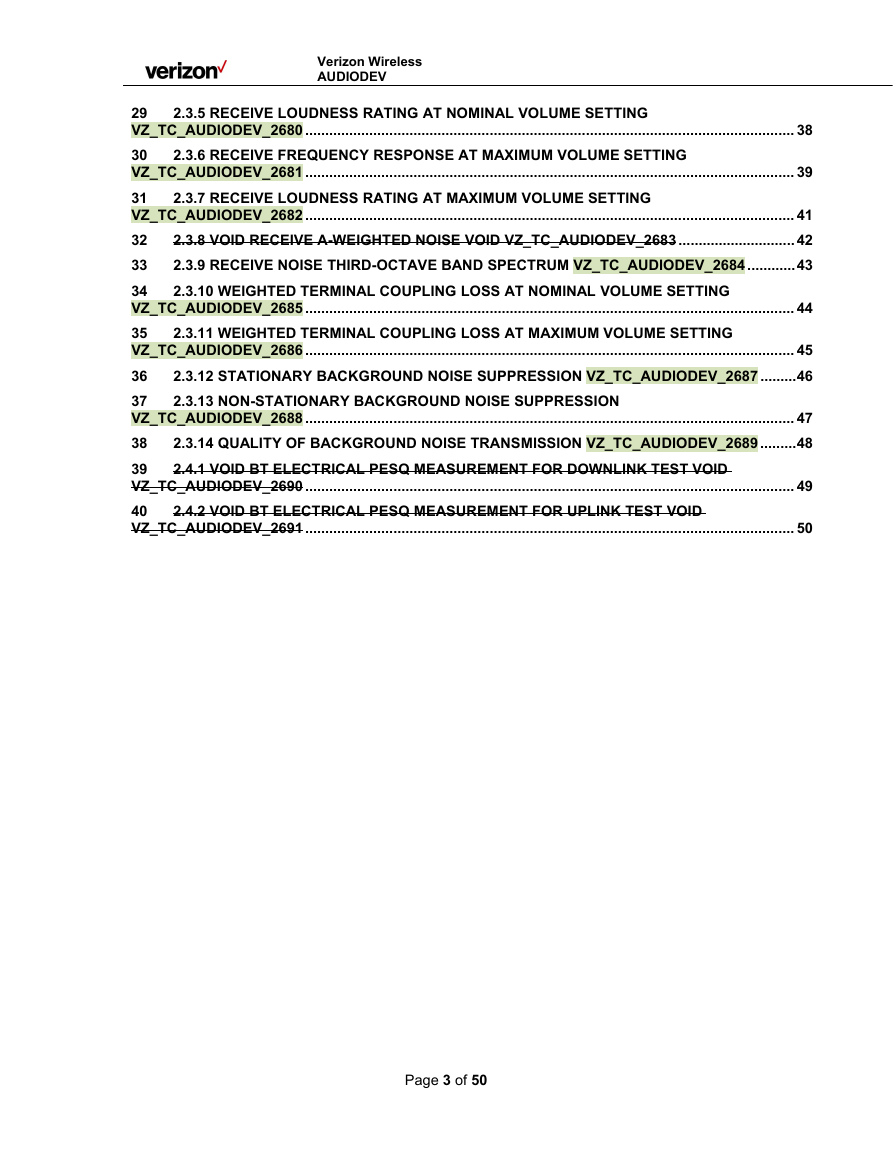

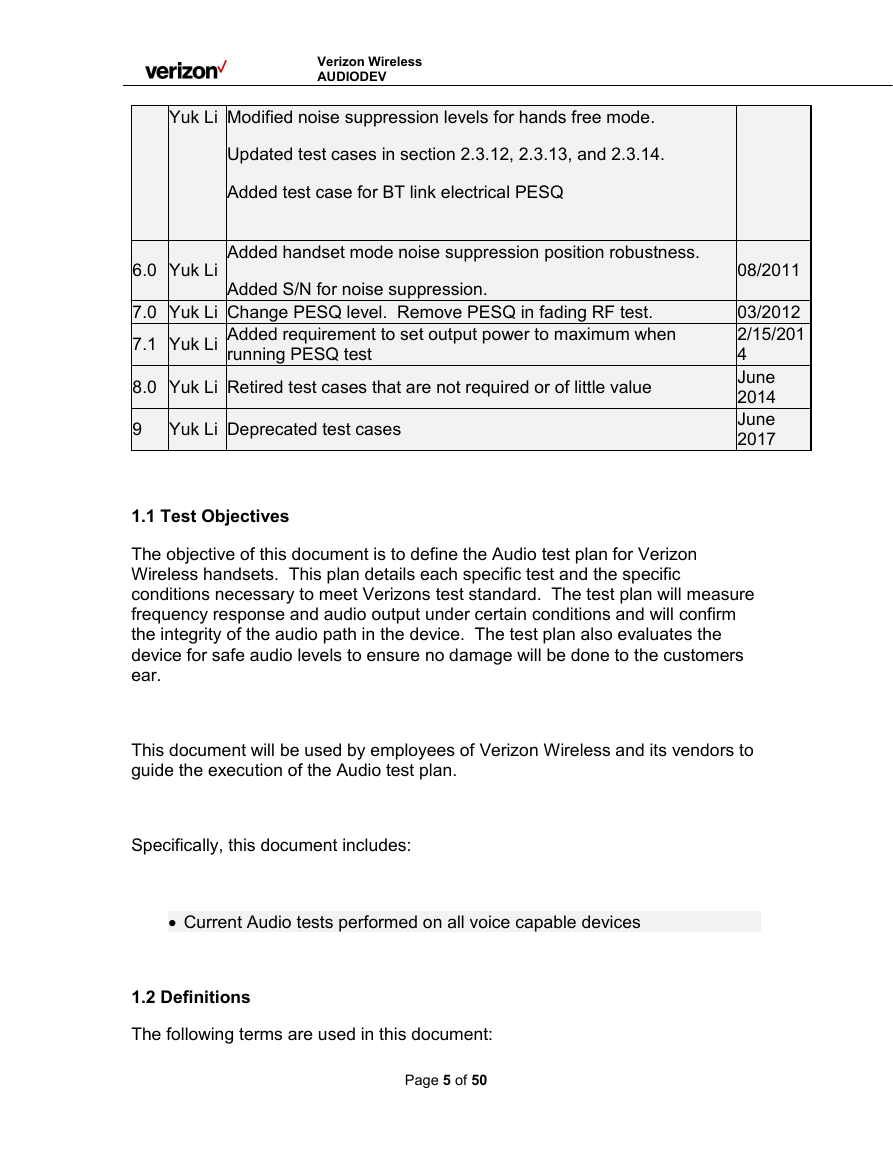
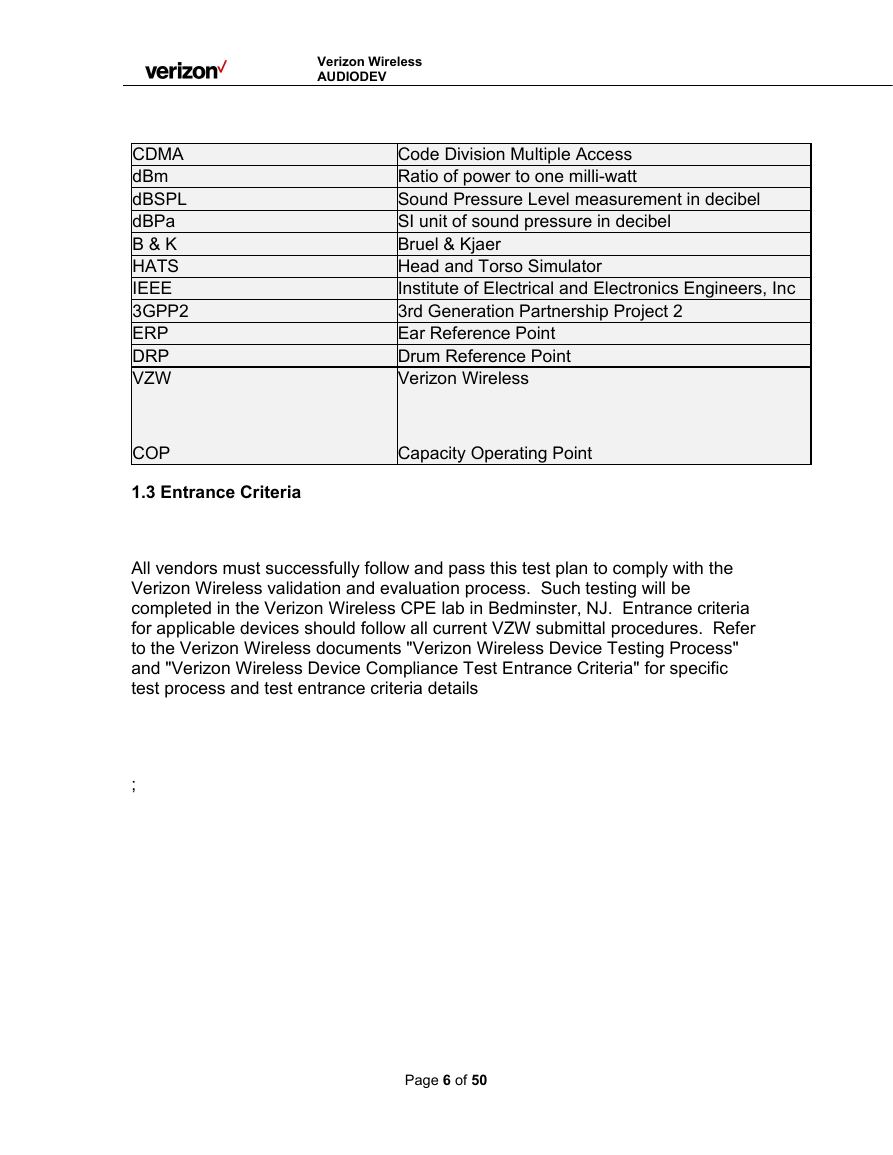
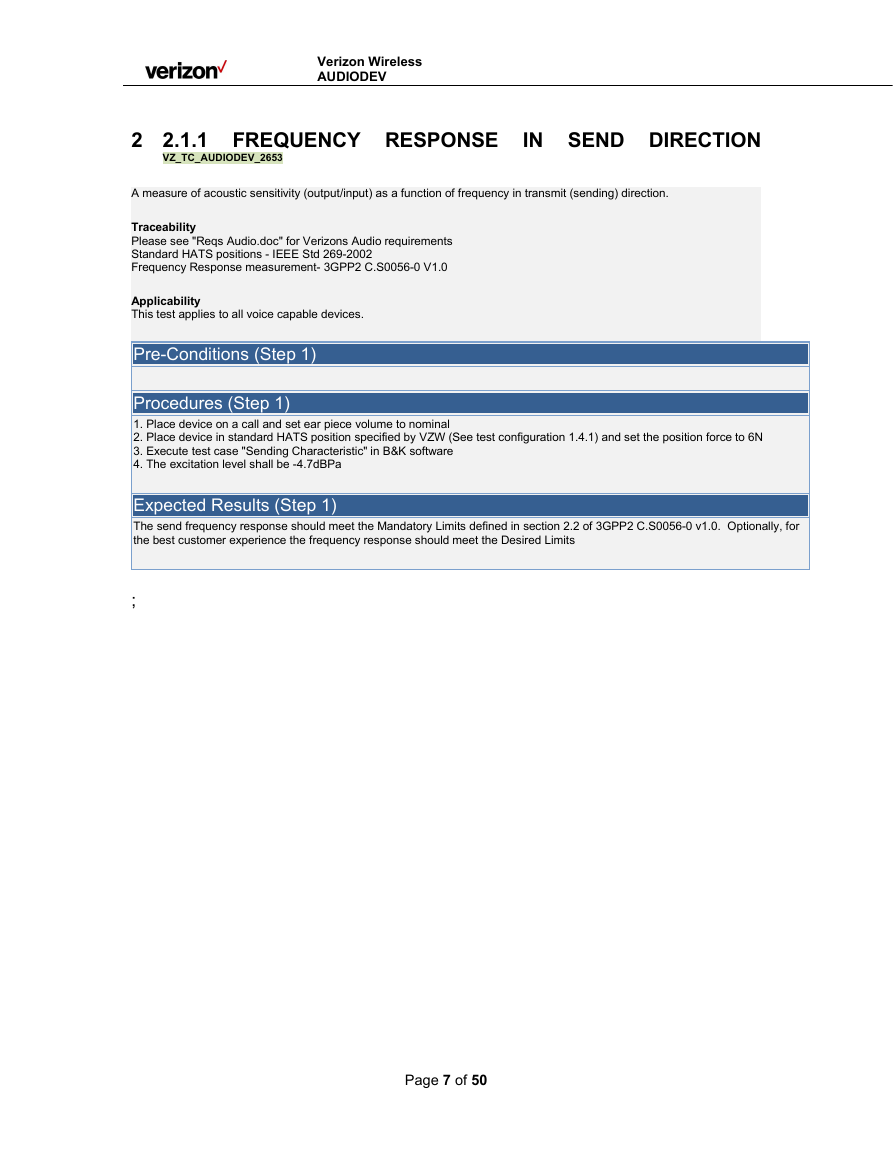
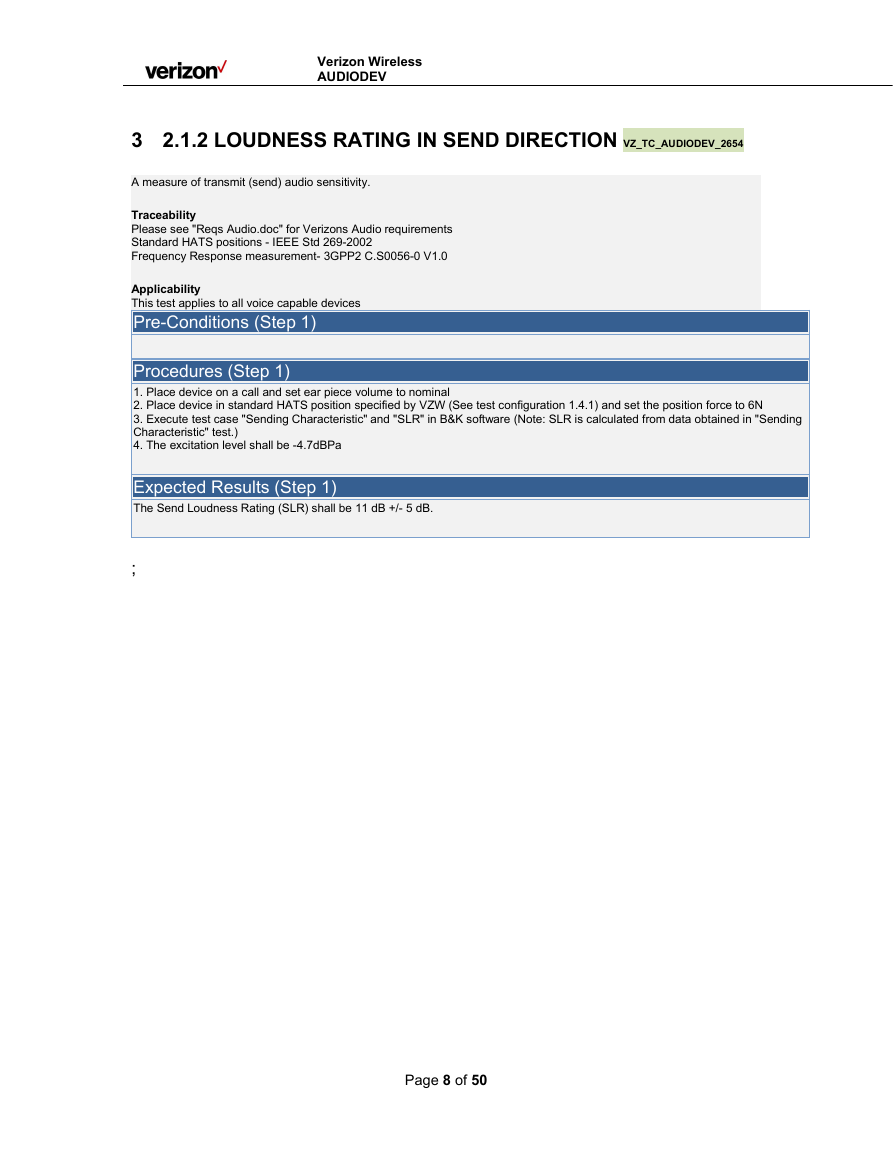








 2023年江西萍乡中考道德与法治真题及答案.doc
2023年江西萍乡中考道德与法治真题及答案.doc 2012年重庆南川中考生物真题及答案.doc
2012年重庆南川中考生物真题及答案.doc 2013年江西师范大学地理学综合及文艺理论基础考研真题.doc
2013年江西师范大学地理学综合及文艺理论基础考研真题.doc 2020年四川甘孜小升初语文真题及答案I卷.doc
2020年四川甘孜小升初语文真题及答案I卷.doc 2020年注册岩土工程师专业基础考试真题及答案.doc
2020年注册岩土工程师专业基础考试真题及答案.doc 2023-2024学年福建省厦门市九年级上学期数学月考试题及答案.doc
2023-2024学年福建省厦门市九年级上学期数学月考试题及答案.doc 2021-2022学年辽宁省沈阳市大东区九年级上学期语文期末试题及答案.doc
2021-2022学年辽宁省沈阳市大东区九年级上学期语文期末试题及答案.doc 2022-2023学年北京东城区初三第一学期物理期末试卷及答案.doc
2022-2023学年北京东城区初三第一学期物理期末试卷及答案.doc 2018上半年江西教师资格初中地理学科知识与教学能力真题及答案.doc
2018上半年江西教师资格初中地理学科知识与教学能力真题及答案.doc 2012年河北国家公务员申论考试真题及答案-省级.doc
2012年河北国家公务员申论考试真题及答案-省级.doc 2020-2021学年江苏省扬州市江都区邵樊片九年级上学期数学第一次质量检测试题及答案.doc
2020-2021学年江苏省扬州市江都区邵樊片九年级上学期数学第一次质量检测试题及答案.doc 2022下半年黑龙江教师资格证中学综合素质真题及答案.doc
2022下半年黑龙江教师资格证中学综合素质真题及答案.doc